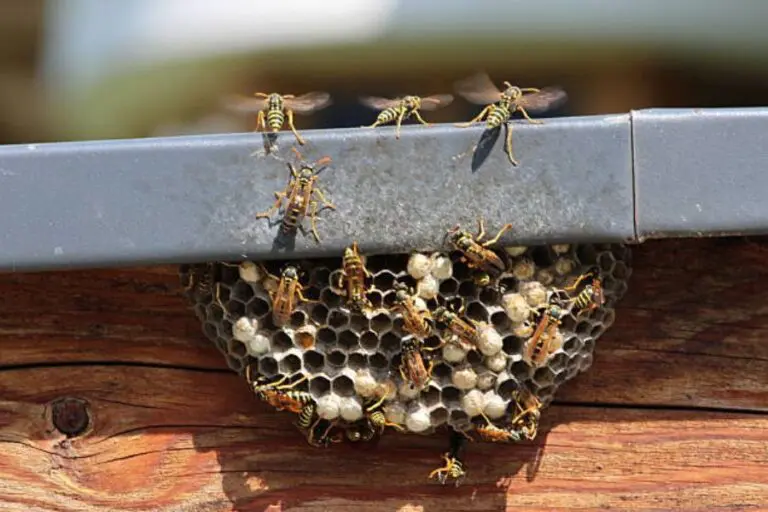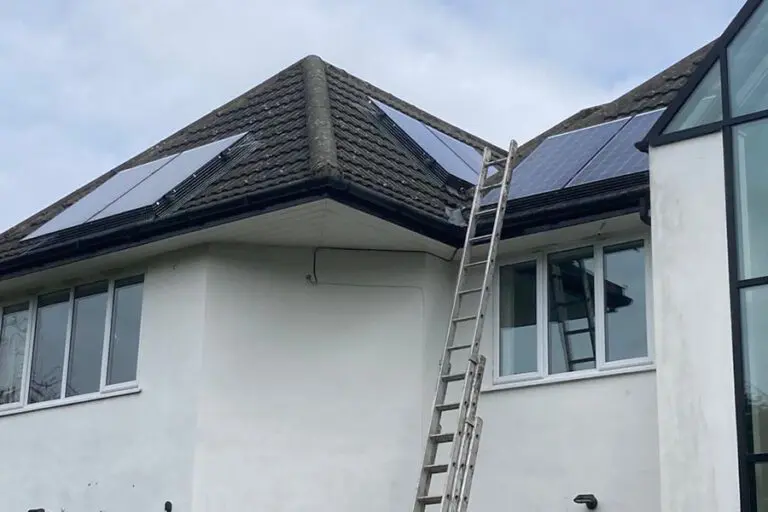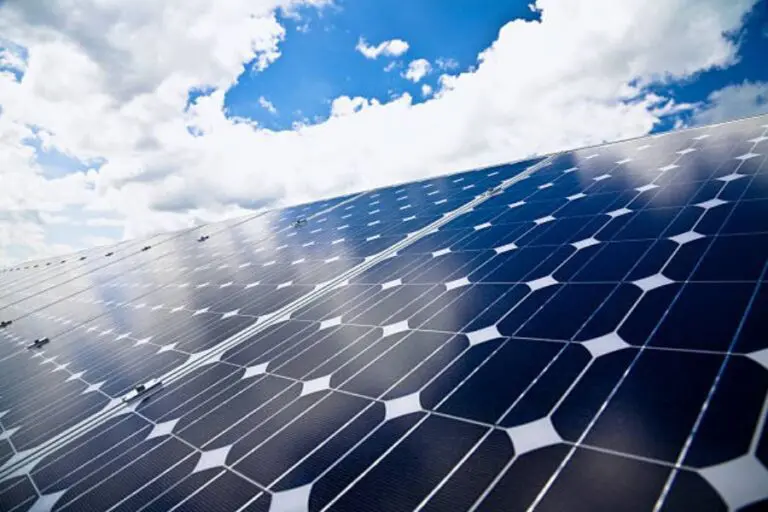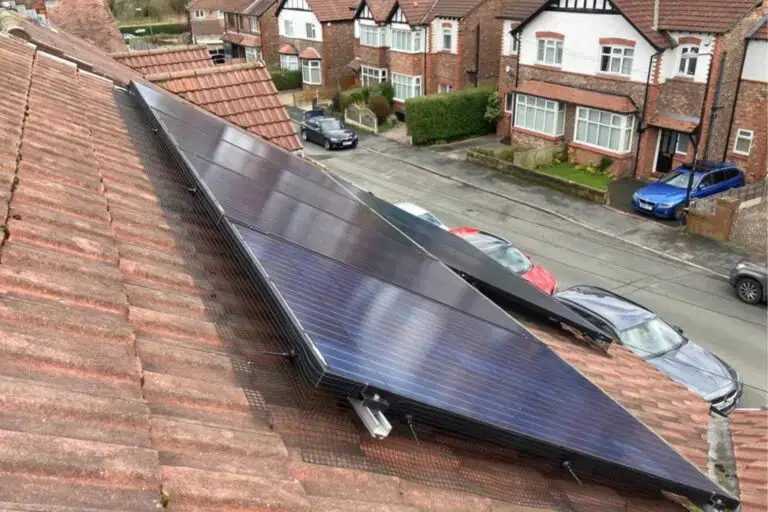Protecting Your Solar Investment: Why Proofing Measures Are Essential for Solar Panels
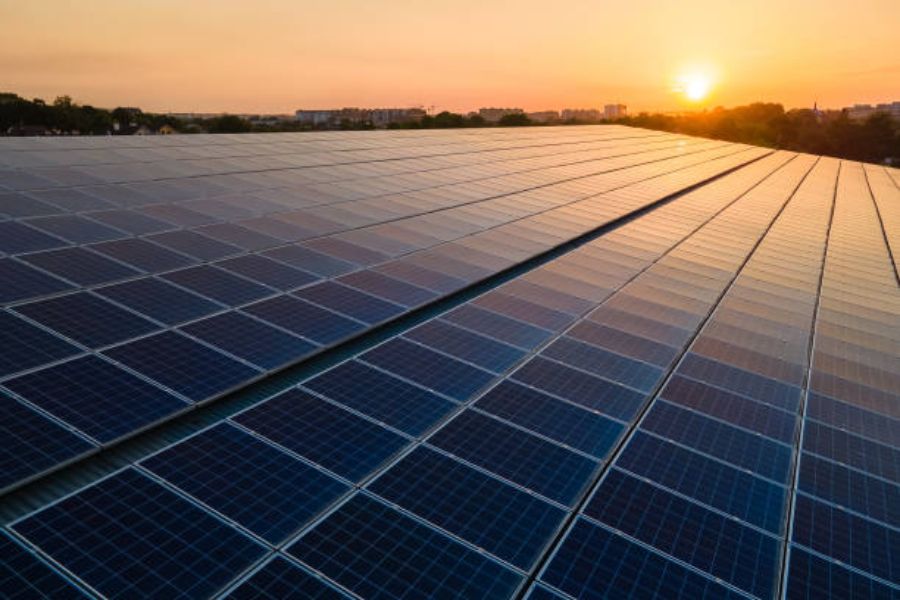
As more homeowners and businesses adopt solar energy solutions, protecting these valuable investments becomes increasingly apparent. Solar panels not only represent a significant financial commitment but also a crucial step towards reducing our carbon footprint. With proper protection, they are shielded from damage that can reduce their efficiency, lifespan, and overall return on investment. Implementing effective proofing measures is essential to ensuring that solar panels continue to operate efficiently, remain undamaged by environmental and animal-related threats, and require minimal maintenance over time.
In this comprehensive blog, we’ll explore why proofing measures are vital for solar panels, discuss the specific threats they help mitigate, and outline the various proofing solutions available.
Understanding the Role of Proofing Measures in Solar Panel Protection
Proofing measures refer to various protective solutions to safeguard solar panels against external threats. These solutions include everything from bird-proofing mesh and protective coatings to rodent deterrents and weather shields, each targeting specific risks to solar panel efficiency and longevity.
Beyond simply preventing damage, proofing measures protect solar panels’ energy-generating capacity by eliminating obstructions and minimising disruptions. With the correct proofing measures in place, solar panels can deliver consistent, high-energy output while avoiding costly repairs and excessive maintenance. This cost-saving aspect of proofing measures not only makes them a wise investment but also in stills a sense of financial responsibility in panel owners.
Key Threats to Solar Panels and the Need for Proofing Measures
Solar panels face several threats that can impact their performance and structural integrity. Proofing measures serve as the first line of defence, addressing the following common issues:
Bird Interference and Nesting
Birds, particularly pigeons and seagulls, are attracted to the shelter provided by solar panels, making them ideal nesting sites. While nesting, birds introduce several problems:
Nesting Materials: Debris and nesting materials can obstruct airflow around the panels, causing them to overheat and reducing efficiency.
Droppings: Bird droppings can create a barrier on the panel surface, blocking sunlight and decreasing energy production by up to 30%.
Wire Damage: Birds pecking at wiring or other components can cause significant electrical issues, sometimes leading to complete panel failure.
By using proofing measures such as bird mesh and spikes, panel owners can prevent birds from accessing these spaces, preserving both the functionality and aesthetics of the solar array.
Weather-Related Damage
Solar panels are designed to withstand certain weather conditions, but extreme weather events, including hail, heavy rain, and strong winds, can cause lasting damage over time. Protective coatings and weatherproof barriers protect solar panels from erosion, minor impact, and physical strain caused by severe weather.
Accumulation of Debris
In areas surrounded by trees or vegetation, leaves, twigs, and dust can quickly accumulate on the surface of solar panels, blocking sunlight and reducing energy output. Proofing measures, such as debris guards or special coatings, help prevent the build-up of organic material, ensuring the panels remain clean and efficient.
Rodent Infestation
Rodents are known to chew on wiring, which can lead to short circuits and even fire hazards. This poses a significant risk to both the solar system and the property where it’s installed. Wire guards and protective covers are essential proofing measures, deterring rodents from reaching or damaging sensitive wiring.
Corrosion from Pollutants
In certain regions, pollutants in the air can settle on solar panel surfaces, causing corrosion that can deteriorate panels over time. Anti-corrosion coatings, as part of proofing measures, create a barrier against these pollutants, extending the lifespan of solar systems in industrial or urban settings.
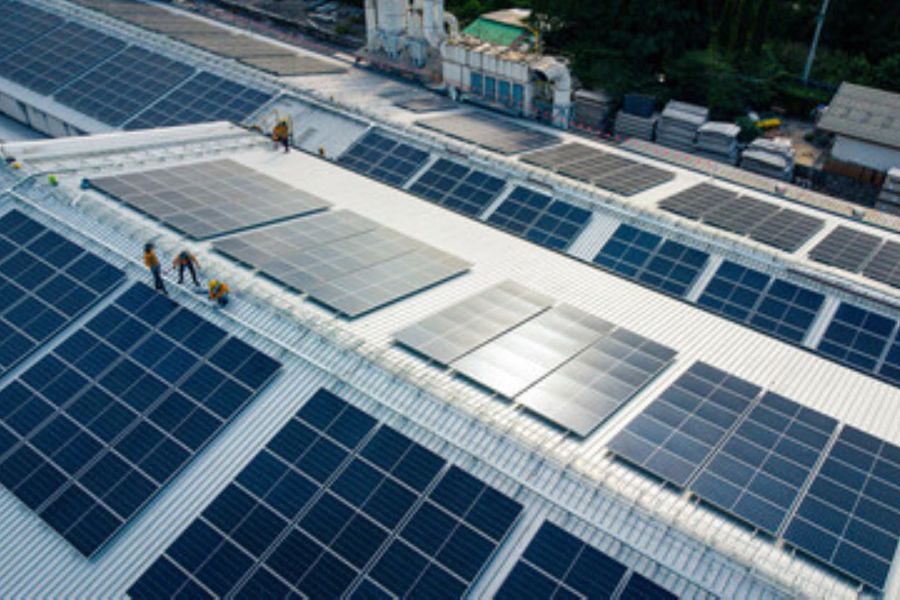
Types of Proofing Measures for Solar Panels
Proofing measures are not one-size-fits-all; different solar systems and locations may require tailored protection solutions. Below are some of the most effective proofing measures for safeguarding solar panels:
Bird Mesh
Bird mesh is an effective proofing measure that prevents birds from nesting under or around solar panels. Typically installed around the perimeter of the array, bird mesh creates a physical barrier that birds cannot breach, protecting the panels from droppings and nesting materials. The mesh is durable, weather-resistant, and provides reliable, long-term protection.
Protective Coatings
Various protective coatings are available to shield solar panels from environmental threats. These coatings protect against dust, debris, and pollutants, ensuring the panels’ surface remains clean and obstructed. Additionally, some coatings offer UV protection, reducing wear and tear caused by prolonged sun exposure.
Wire Guards and Covers
As an essential proofing measure against rodent damage, wire guards and covers protect the cabling and electrical components of solar systems. These guards prevent animals from reaching vulnerable wires, reducing the risk of electrical faults and maintaining the safety of the solar array.
Weatherproof Barriers
For installations in areas prone to harsh weather, weatherproof barriers act as proofing measures by creating a shield against hail, high winds, and heavy rain. These barriers are made from highly resilient materials and can significantly extend the life of solar panels in regions with unpredictable weather patterns.
Debris Guards
Debris guards are specifically designed proofing measures that prevent the build-up of leaves, twigs, and other debris. By keeping the panel surface clean, these guards help maintain consistent energy production and minimise the need for frequent cleaning.
Rodent Deterrent Systems
In areas with high rodent populations, specialised rodent deterrent systems, such as ultrasonic repellents, can be installed as proofing measures to protect solar panels. These systems emit sounds that deter rodents from approaching, preventing damage to wiring and panel components.
The Benefits of Implementing Proofing Measures for Solar Panels
By implementing proofing measures, solar panel owners can enjoy numerous benefits that contribute to the efficiency, durability, and financial performance of their solar systems:
Improved Energy Efficiency
When panels are free from obstructions like bird droppings, debris, and pollution build-up, they operate efficiently, generating more energy from available sunlight. Studies show that panels with proofing measures in place produce up to 30% more energy than those without.
Enhanced Panel Lifespan
Proofing measures protect solar panels from environmental and physical threats that can shorten their lifespan. By shielding panels from corrosion, damage, and excessive wear, proofing measures ensure that solar systems provide clean energy for the expected 25-30 years or longer.
Reduced Maintenance Costs
Proofing measures reduce the need for frequent maintenance and cleaning, saving time and money. With fewer obstructions and sources of damage, solar panels require less upkeep, resulting in lower ongoing costs for owners.
Increased Safety
By protecting against rodent interference and wire damage, proofing measures significantly reduce the risk of electrical faults and fire hazards. This safety benefit is crucial in residential and commercial settings where property protection is a priority.
Enhanced Property Value
A well-maintained solar panel system adds value to a property, and installing proofing measures ensures the system remains in optimal condition. This can be a key selling point for properties with solar energy systems, as buyers appreciate the added protection and reduced maintenance.
Environmental Benefits
Consistently high energy production from solar panels reduces the reliance on non-renewable energy sources. Proofing measures support this goal by ensuring panels operate efficiently, reducing the overall carbon footprint of solar energy users.
Common Questions About Proofing Measures for Solar Panels
Many solar panel owners have questions about proofing measures, and understanding the answers can highlight the importance of implementing these protections. Below are some commonly asked questions:
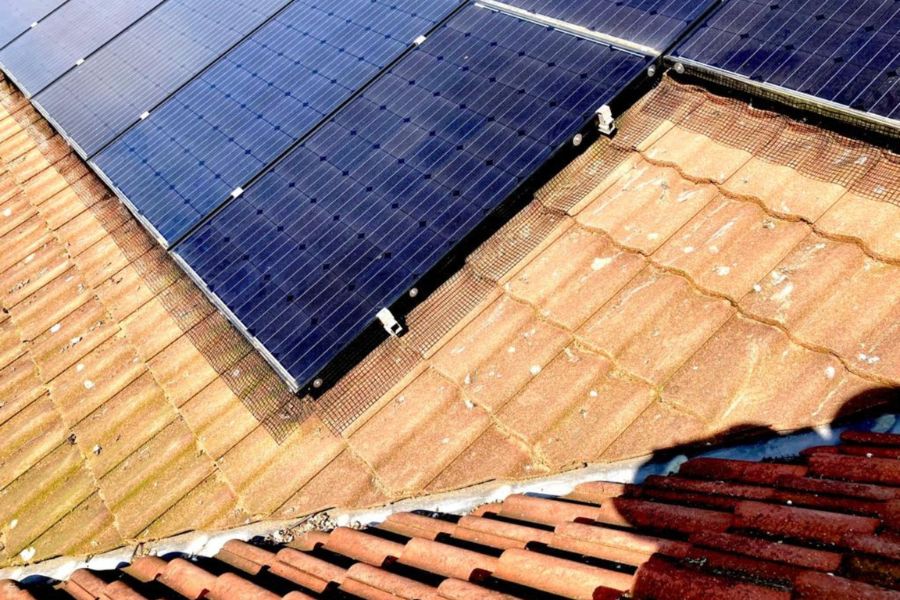
Why are proofing measures essential for solar panels?
Proofing measures are vital for protecting solar panels from threats that reduce efficiency and cause long-term damage. They prevent issues related to birds, rodents, debris, and harsh weather, preserving the panels’ energy-generating capacity and lifespan.
Do proofing measures affect solar panel efficiency?
Proofing measures improve efficiency by ensuring that panels remain unobstructed. By preventing debris, bird droppings, and other barriers from blocking sunlight, these measures help panels achieve their full energy production potential.
How do proofing measures impact maintenance costs?
With proofing measures in place, solar panels require less frequent cleaning and repairs, reducing maintenance expenses. Minimising damage and debris build-up lowers the cost of upkeep over the system’s lifespan.
Are proofing measures safe for wildlife?
Many proofing measures, such as bird mesh and rodent deterrents, are designed to be eco-friendly. They deter animals from nesting or causing damage without harming them, ensuring a humane approach to solar panel protection.
Can proofing measures be retrofitted to existing panels?
Yes, proofing measures can be installed on existing solar panels. Working with a professional installer can help determine the best retrofitting options to protect an installed solar system.
Choosing the Right Proofing Measures for Your Solar Panels
Selecting the appropriate proofing measures depends on factors such as location, environmental risks, and the specific type of solar installation. Consulting with an experienced solar panel provider or proofing specialist can help identify the best options for your needs.
For instance, properties in urban areas may benefit more from bird-proofing measures due to higher bird populations, while those in rural locations may need additional rodent protection. By tailoring proofing solutions to the unique requirements of each solar installation, owners can maximise both safety and energy output.
Proofing Measures as Essential Solar Panel Protection
Solar panels represent a substantial investment in clean energy, and ensuring their protection through proofing measures is essential. These protective solutions safeguard panels against various threats—from bird interference and rodent damage to weather-related risks—preserving their functionality and extending their lifespan.
By implementing effective proofing measures, solar panel owners can enjoy reliable, long-lasting energy production, reduce maintenance costs, and support their sustainability goals. The decision to install proofing measures is not just about safeguarding an investment; it’s about promoting a secure, efficient, and environmentally responsible energy solution for the future.

